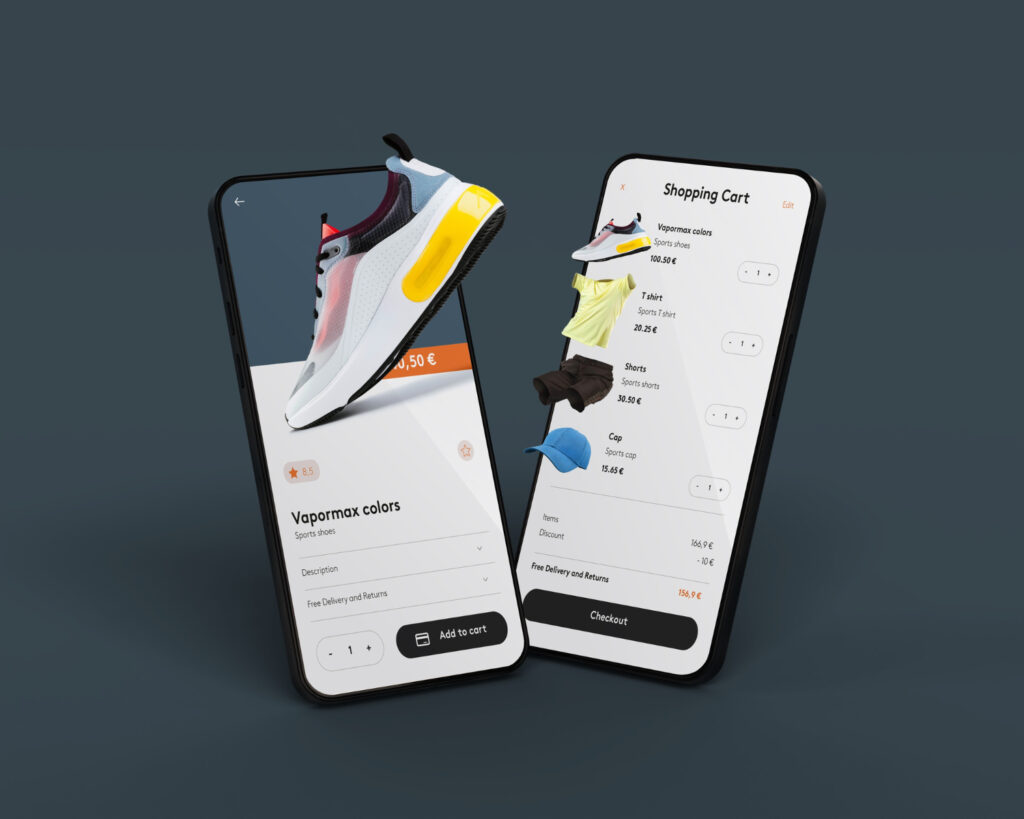In the ever-evolving landscape of mobile app design, mastering mobile app design best practices and mobile user experience optimization is essential to create captivating experiences for users. As we enter 2023, the fusion of Mobile User Experience (UX) and User Interface (UI) design, alongside Mobile App Design Best Practices, has become more crucial than ever. Mobile apps are not just functional tools but platforms for meaningful interactions.
To help app designers and developers excel in this dynamic environment of Mobile UX UI Design, here are some best practices for mobile app UX/UI design in 2023.
User-Centric Design Approach
The foundation of exceptional mobile app design, alongside mobile user experience optimization, is understanding and empathising with users. Start by creating user personas and conducting usability tests. Gather user feedback to inform design decisions and iterate on your app’s interface and features accordingly.
Seamless Navigation
Intuitive navigation is paramount in guiding users through your app effortlessly. Implement clear and concise navigation patterns that remain consistent across different sections, such as bottom navigation bars or tab bars. Utilize gestures as a part of mobile UX UI Design to enhance user interactions, like swiping, pinching, and tapping.
Simplicity is elegance.
Embrace minimalism in UI design as a cornerstone of mobile app design by decluttering interfaces, using negative space effectively, and opting for a consistent and visually pleasing color palette. Minimalist design enhances aesthetics and promotes user focus on essential app functionalities.
Understanding the Users
Simplicity is elegance. Embrace minimalism in UI design as a cornerstone of mobile app design by decluttering interfaces, using negative space effectively, and opting for a consistent and visually pleasing color palette. Minimalist design enhances aesthetics and promotes user focus on essential app functionalities.

Microinteractions and Animations
Micro-interactions, such as subtle animations and transitions, as integral parts of Mobile UX UI Design, breathe life into your app. Thoughtfully implemented animations provide visual cues and feedback, enhancing the user experience. Use motion design to convey changes, establish hierarchy, and captivate user attention.
Adaptive and Responsive Design

Implementing adaptive and responsive design principles in mobile app design is essential in the era of diverse device sizes and orientations. This ensures your app looks and functions seamlessly across various screen sizes, from smartphones to tablets, contributing to Mobile UX UI Design.
Dark Mode and Accessibility for mobile app design
Dark mode, a significant aspect of Mobile UX UI Design, isn’t just a trend; it’s a feature that enhances user comfort and extends battery life. Moreover, prioritize accessibility by incorporating features like adjustable font sizes, high contrast options, and voice-assisted navigation to make your app usable by everyone.
Performance Optimization
Users demand speed in mobile app design. Optimize your app’s performance by minimizing loading times, reducing unnecessary animations, and employing lazy loading for content-heavy sections. A snappy app keeps users engaged and satisfied, improving Mobile UX UI Design.
Personalization and Contextualization

Tailor user experiences, an essential part of Mobile UX UI Design, by leveraging data-driven insights. Implement personalization features that provide relevant content and recommendations based on user behavior, location, or preferences.
Security and Privacy Considerations
Security, an integral factor in Mobile UX UI Design, is non-negotiable. Prioritize user data protection by implementing robust security measures and ensuring compliance with data protection regulations. Transparently communicate your app’s data usage policies to build trust.
Continuous Iteration and Testing
The design process, a constant element of Mobile UX UI Design, doesn’t end with the app launch. Regularly analyze user data, conduct A/B tests, and gather feedback to identify areas for improvement. The iterative design ensures your app remains relevant and engaging.
Conclusion
In 2023, mobile app design, intertwined with mobile user experience optimization and adhering to mobile app design best practices, is a blend of art and science, where user experience and user interface harmoniously converge.
By adhering to these best practices and focusing on Mobile UX UI Design, designers and developers can create mobile apps that stand out in the crowded digital landscape and deliver seamless, intuitive, and delightful experiences for users. As technology evolves, these principles will serve as a compass to navigate the ever-changing seas of mobile app design.
Learn more about How UX/UI design trends has evolved in 2023



